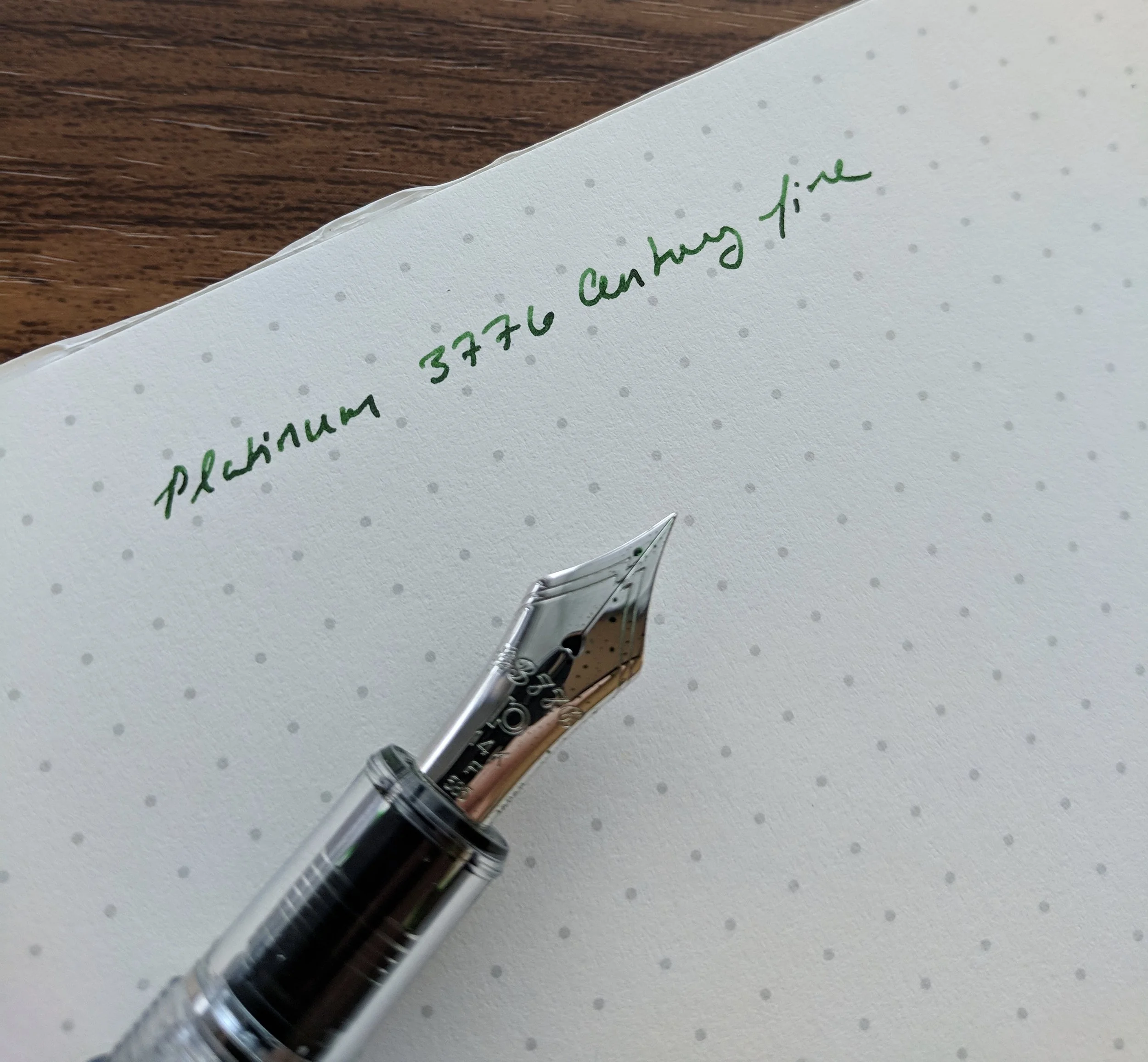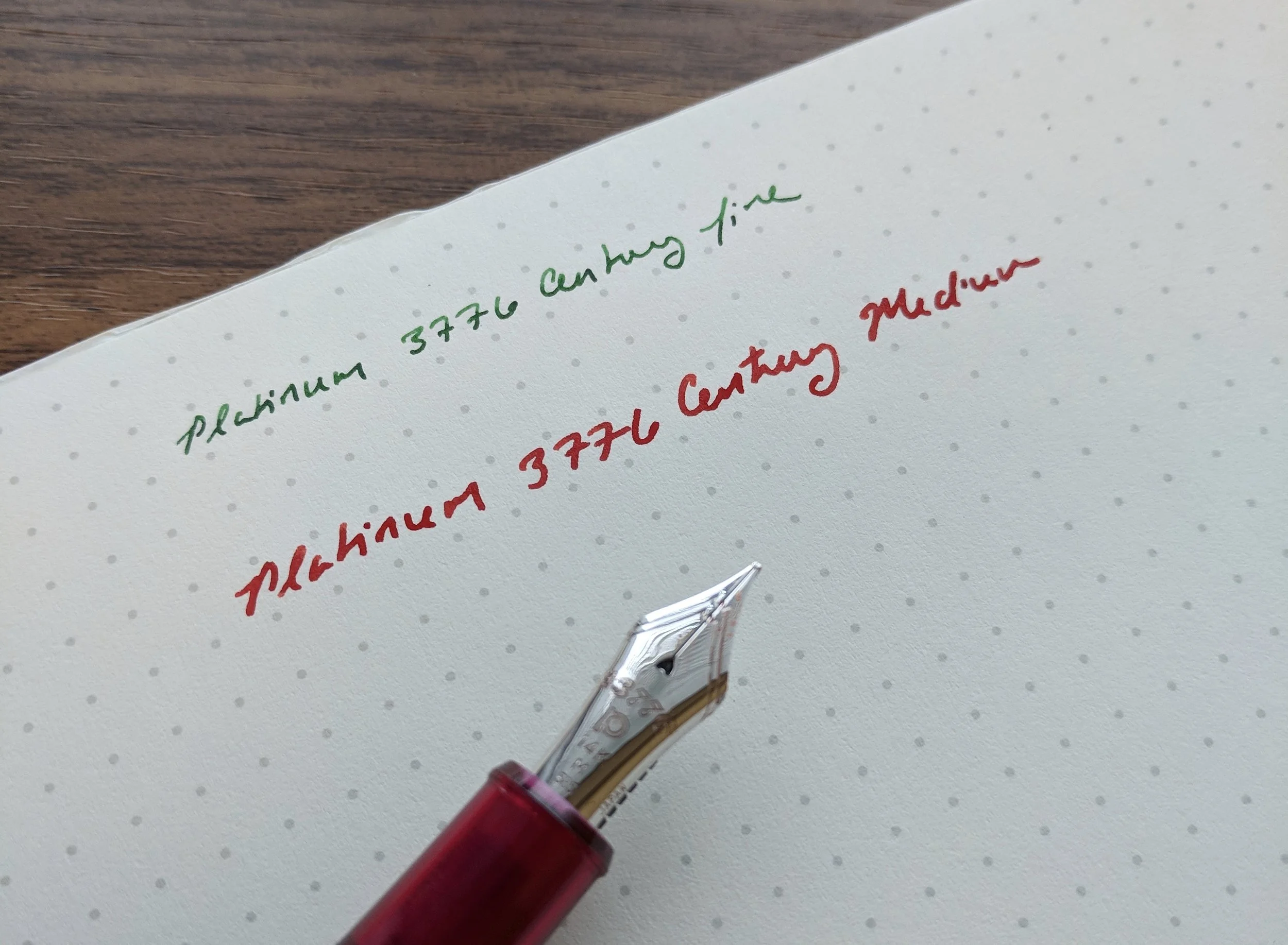It’s been a looong time since I’ve posted any pencil-related content around here, but pencils are something I certainly love and use a lot, as do many of my readers, so I need to make more of an effort to diversify. First up is a short piece on a category of pencils that plays a key part in my workflow: highlighting pencils, also sometimes referred to as “dryliners.” Why, you might ask? First of all, I find that they last longer than traditional ink-guzzling liquid highlighters, they don’t dry out, and I would think they’re also a more eco-conscious choice because you’re not stuffing landfills with discarded plastic bodies. Second depending on how you sharpen these pencils, you can adjust the tip size to make it narrower or broader, per your preference. The downside, of course, is lighter pigment than in traditional liquid ink, and some might find sharpening inconvenient because the core is soft, like a colored pencil. If you want to keep a point or a narrow tip, you’ll have to sharpen a lot.
The Caran d’Ache Graphicolor Highlighter/HB Combo, which combines a highlighter/dryliner pencil with a standard HB graphite half, to make notes while you highlight without switching writing implements. It’s great for when you’re reading!
“The Editor” by CW Pencil Enterprise and Caran d’Ache, as well as the more economical Milan highlighter/HB graphite combo.
Similarly, so-called double-ended editing pencils combine two different colors of graphite, traditionally blue and red. CW Pencil Enterprise, however, recently released their latest collaboration with Caran d’Ache, “The Editor,” which is a double-ended pencil featuring red and HB graphite - a more convenient combination. I haven’t quite figured out a use case for this pencil yet. I mostly prefer to edit in ink as opposed to red pencil, but Caran d’Ache’s red pigment is excellent and very visible.
Takeaways and Where to Buy
Unfortunately, those of us who are into quirky stationery items like these know that the only place to get them are via highly specialized shops. CW Pencils carries the Caran d’Ache Graphicolor HB/Highlighter combo, the Milan graphite/highlighter combo, and of course, “The Editor”. Of these three, the Milan is the one that’s most likely to make its way into my daily rotation. At $1 each, it’s a more economical choice for a workhorse than the Caran d’Ache pencils, which run a pricey $3 per pencil. I do like the editor though, and I’ll likely keep them tucked into books I’m reading for annotations. That way they’ll last longer!
Another option for highlighter pencils are Faber-Castell Textliners, which can be extremely difficult to source in the States, so I stock up on them whenever I place an order to UK retailer Cult Pens, which sells them by the box in all available colors. These also aren't double-ended pencils - they’re quite long, triangular jumbo grip highlighters that last a while, which defrays the cost a bit.
Disclaimer: I purchased the products featured in this review with my own funds, for my own use.


